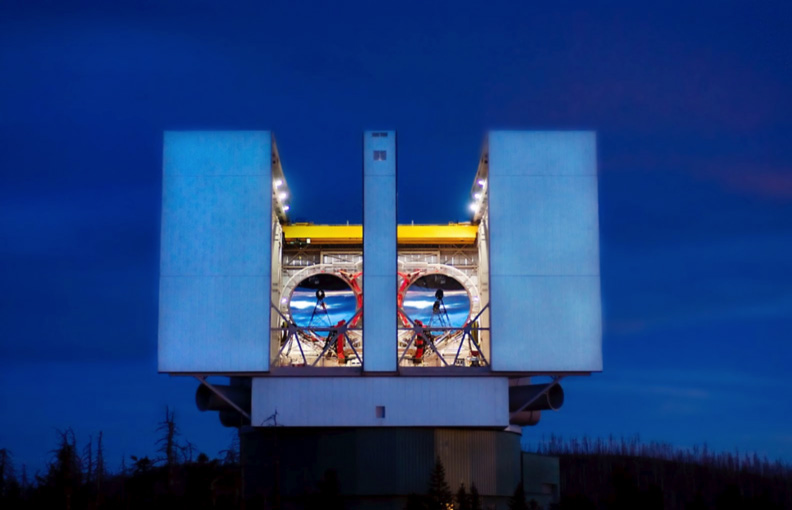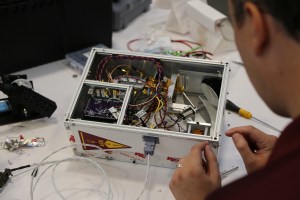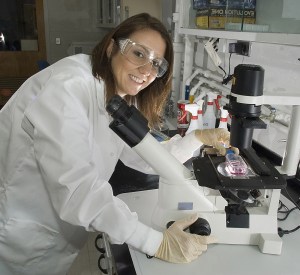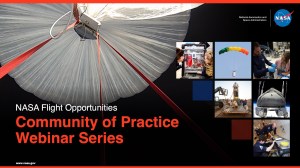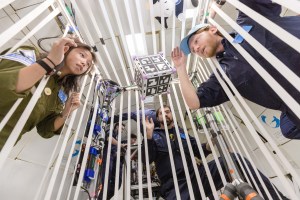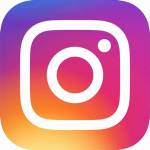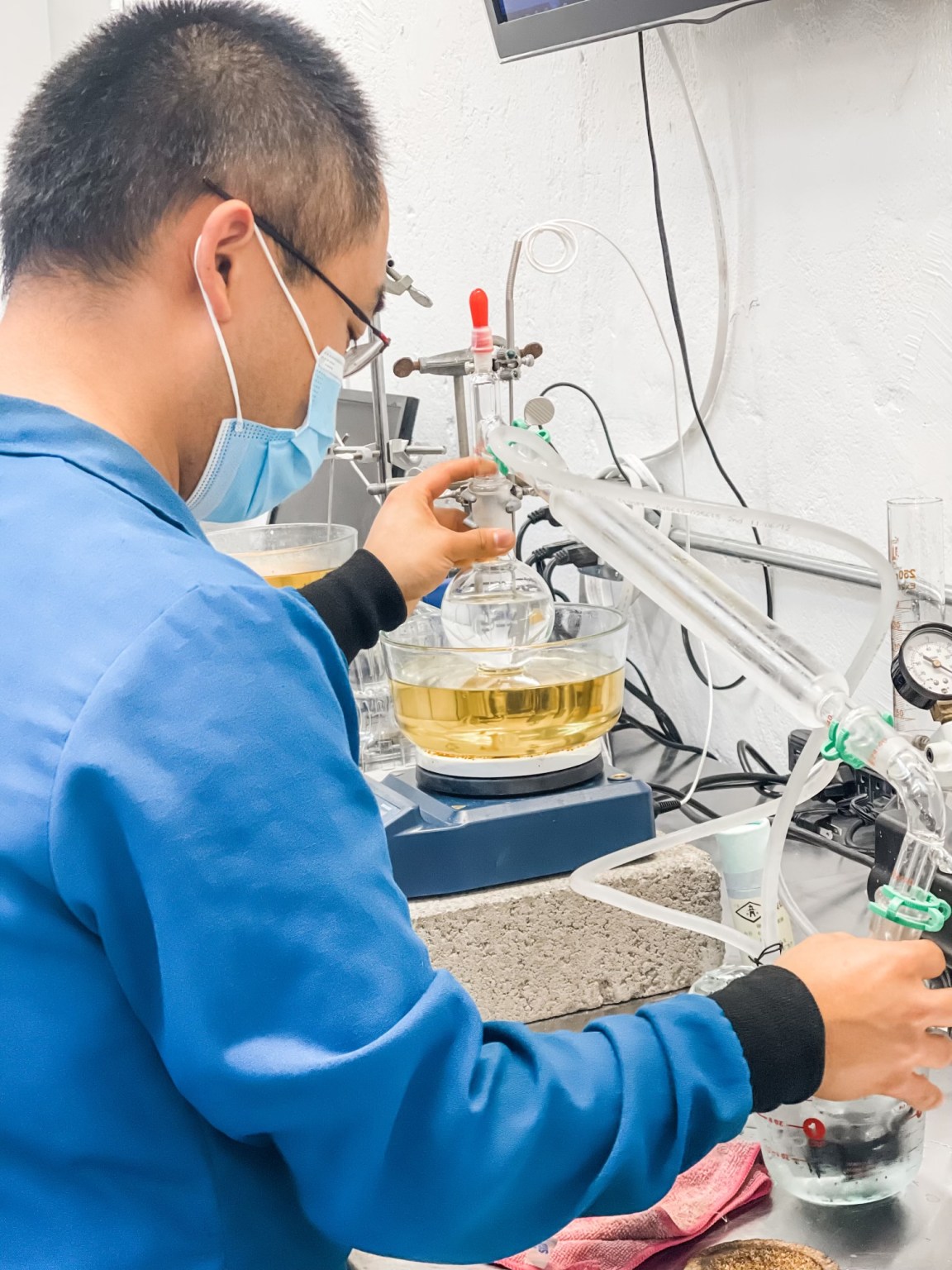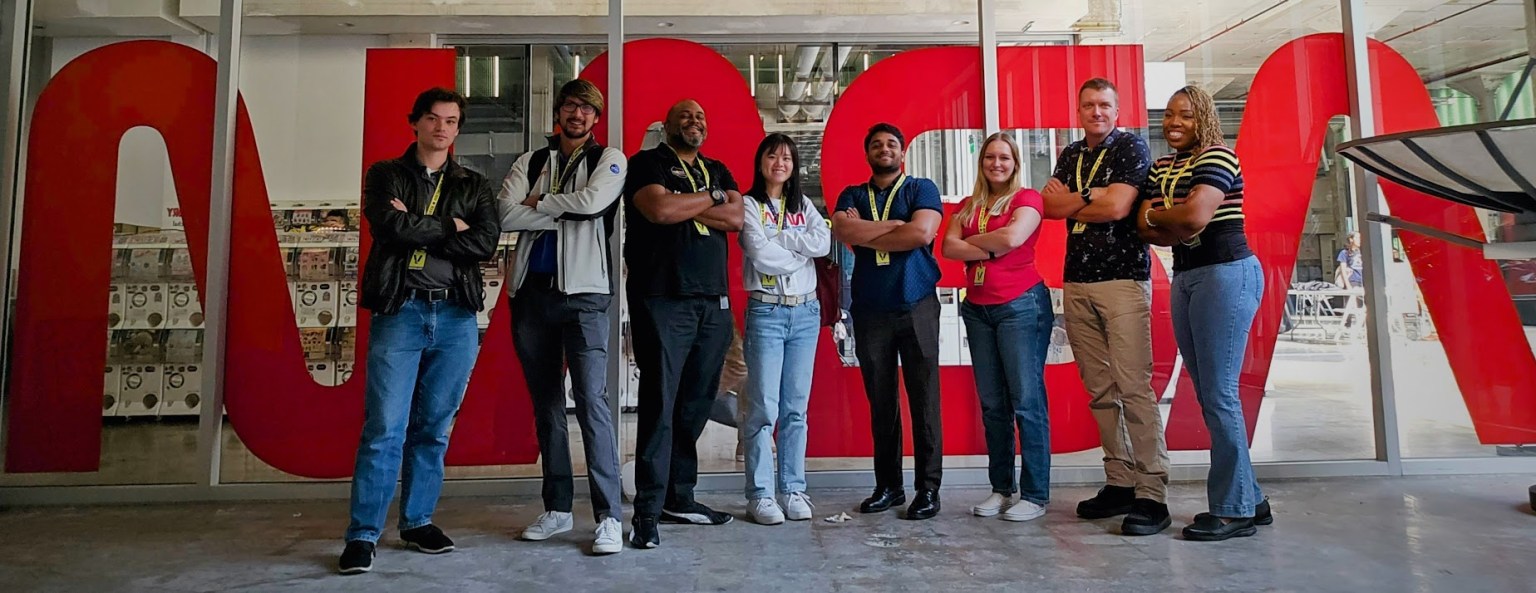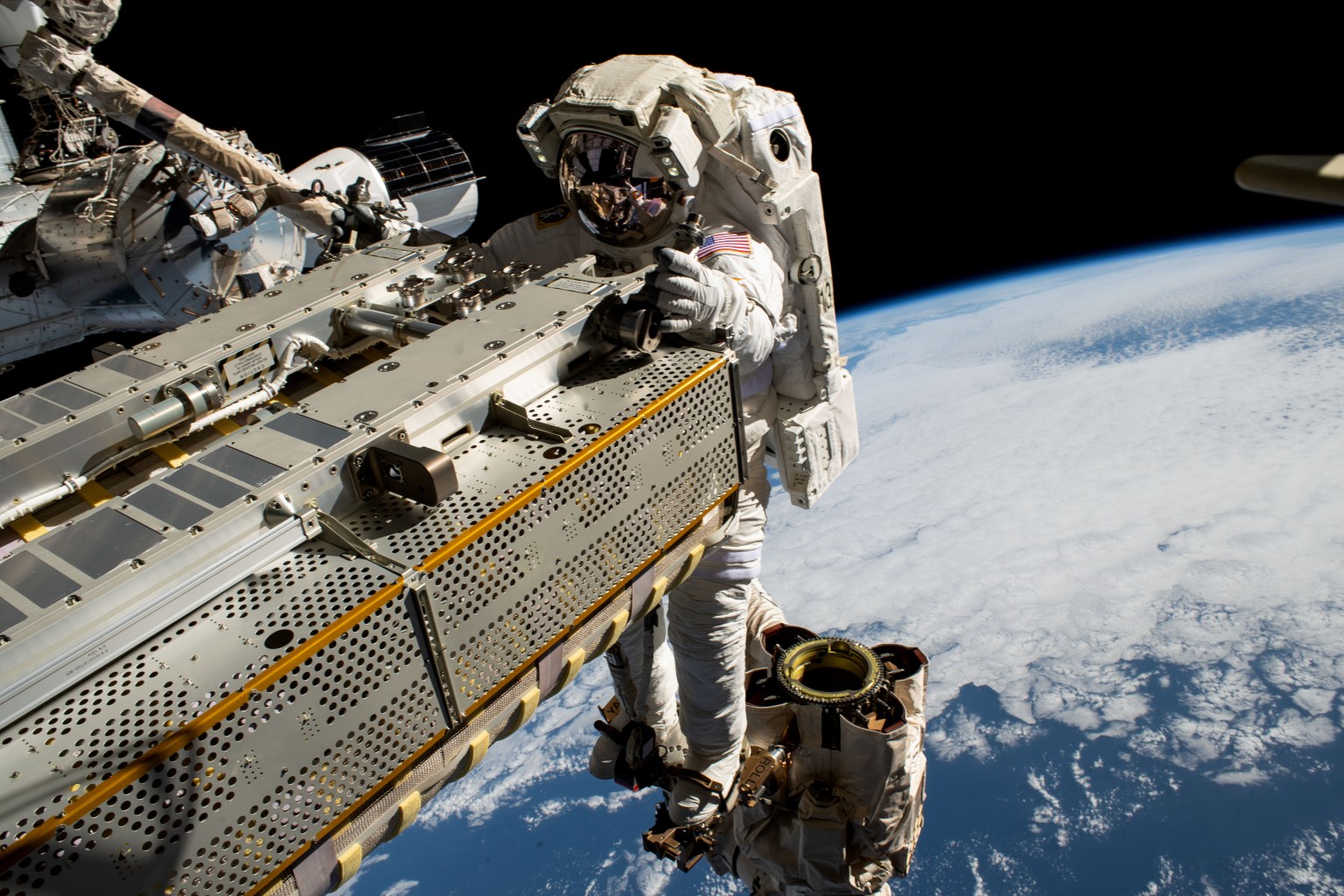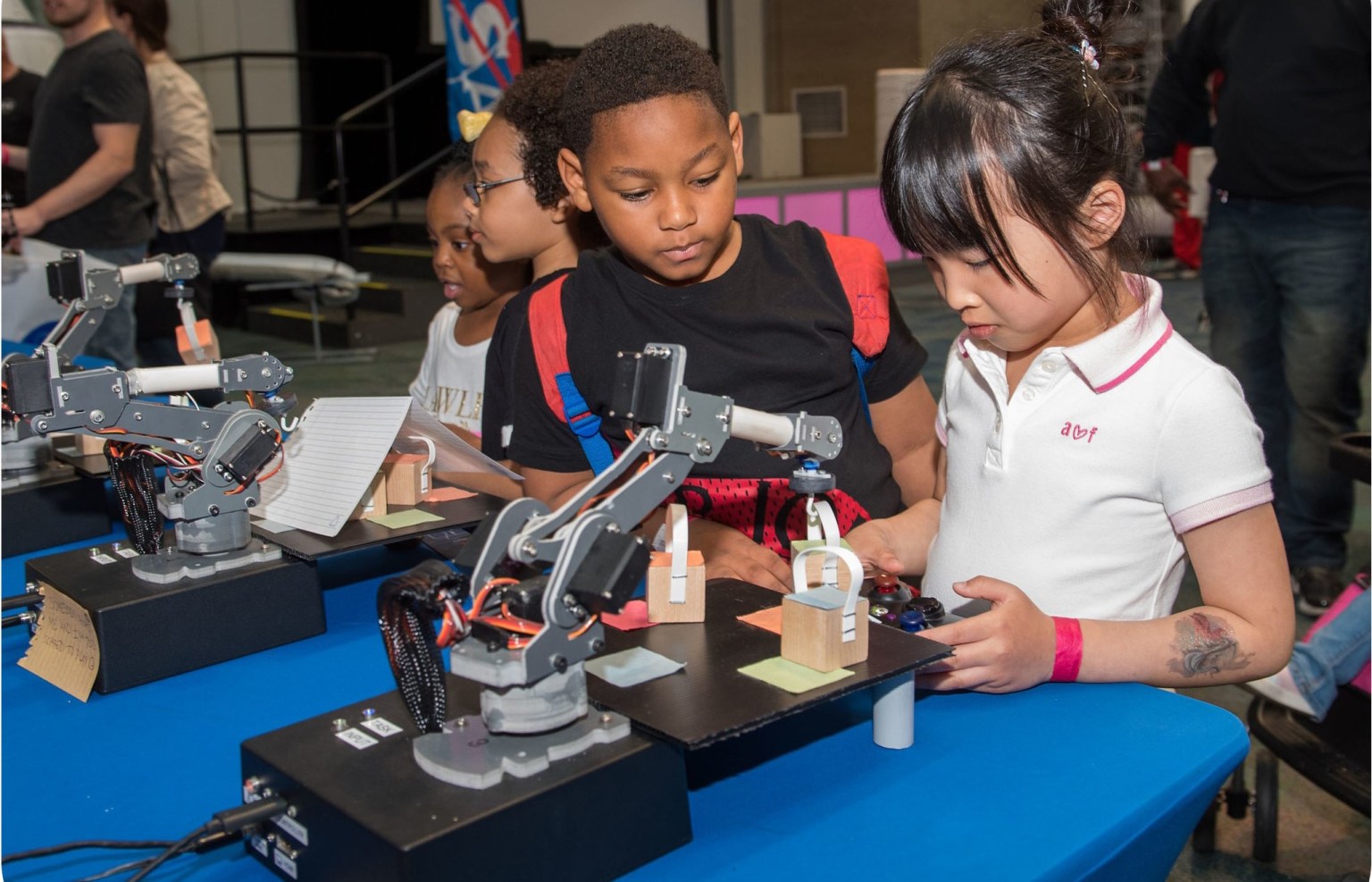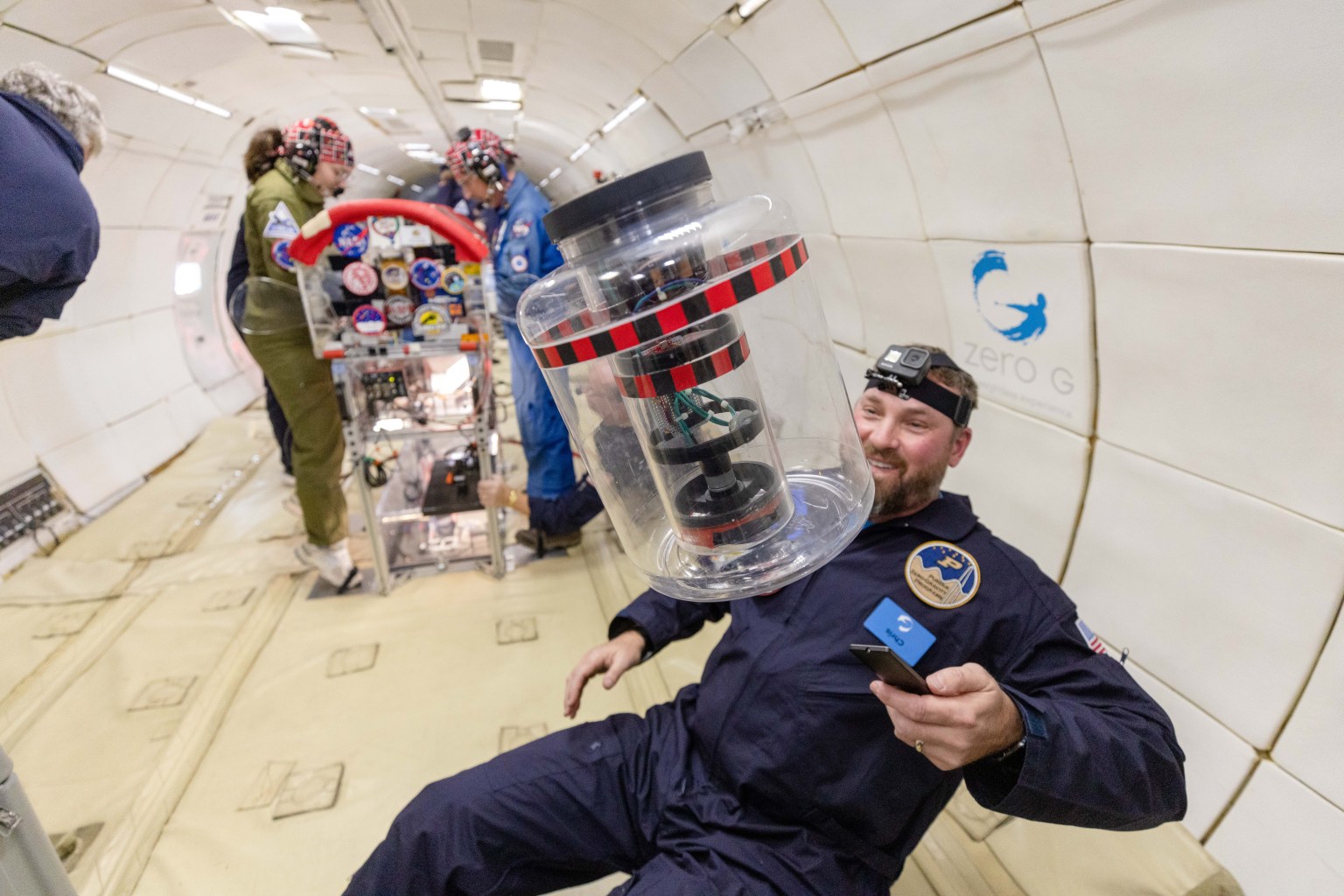
Get Involved With NASA
We invite members of the public to contribute their time and expertise to advancing research, solving problems, and potentially winning prizes as a result of their work.
Join Us!
We also invite you to find out all of the ways you can bring NASA into your life through participating in experiences, learning engagements, and activities that you can do on your own.
Contribute to NASA Missions
NASA collaborates directly with the public to develop mission critical solutions. Take a look at some of our opportunities.
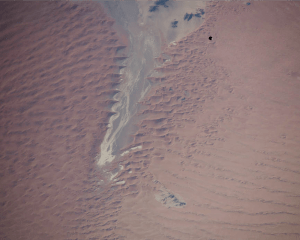
In the Pose Bowl: Spacecraft Detection and Pose Estimation Challenge, solvers will help NASA develop algorithms that could be run…

Latest Challenge Universal Payload Interface Challenge This challenge invites applicants to propose an optimized “system of systems” to enable easy…
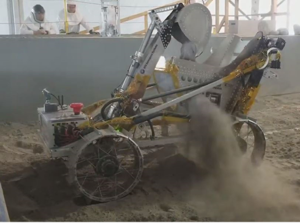
University-level competition for teams to use the NASA systems engineering process to design, build, and operate a lunar robot.
Citizen Science
NASA citizen science projects are open to everyone around the world, not limited to U.S. citizens or residents.
NASA’s citizen science projects are collaborations between scientists and interested members of the public. Through these collaborations, volunteers (known as citizen scientists) have helped make thousands of important scientific discoveries. More than 450 NASA citizen scientists have been named as co-authors on refereed scientific publications. Want to work on some real NASA science? Be a Citizen Scientist!
Learn More about Citizen Science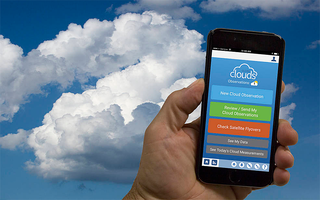
I Want to…
Volunteer for a NASA Study
Many people write to NASA regarding opportunities available for citizens to participate in a NASA study, such as the Bed Rest Study. To find information on how to volunteer with NASA, please visit the Analog Studies page.
Visit the Analog Studies site about Volunteer for a NASA Study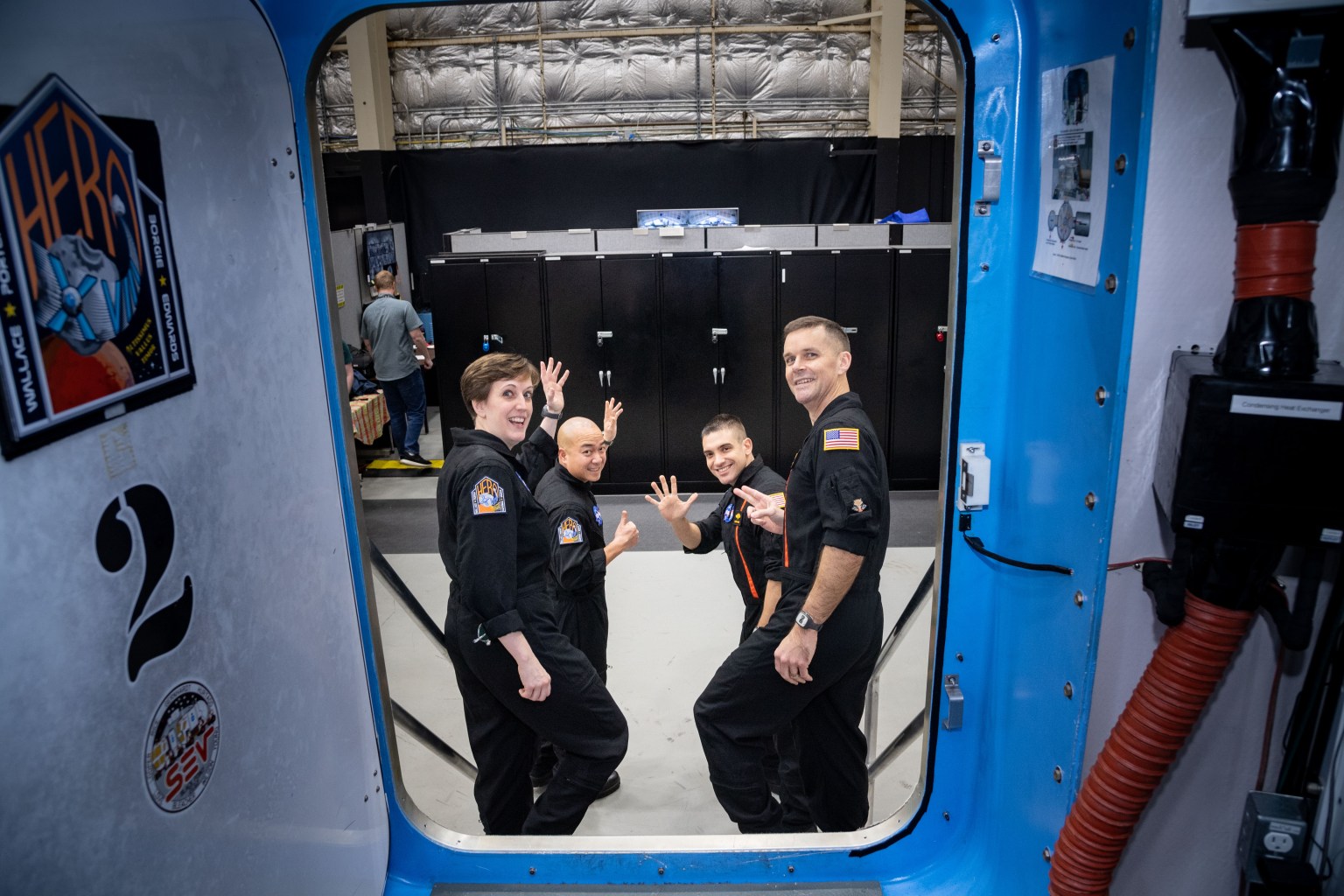
For U.S. Citizens
Explore NASA's opportunities for citizens of the United States.
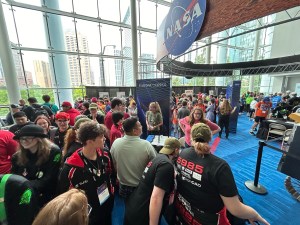
NASA engaged with fans, student robotics teams, and industry leaders at the 2024 FIRST Robotics World Championships held April 17-20,…
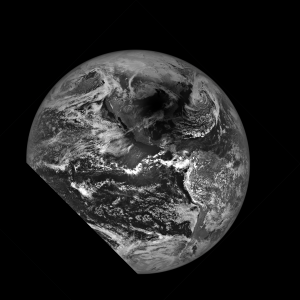
Editor’s Note, April 16, 2024: This story has been updated to remove an unclear secondary image and caption. As the…

On April 8, 2024, the Moon’s shadow swept across North America, treating millions to a breathtaking view of a total…
Current Opportunities For Educators
Professional Development, Webcasts, Lectures, Contests, Challenges, and More!
Browse opportunities that integrate NASA missions, educational resources, and NASA-unique facilities to provide high-quality STEM content and hands-on learning experiences. Educators return to their classrooms equipped with real-world experiences relevant to NASA content, hands-on training, and readiness to teach and engage their students in the STEM areas.
Learn More about Current Opportunities For Educators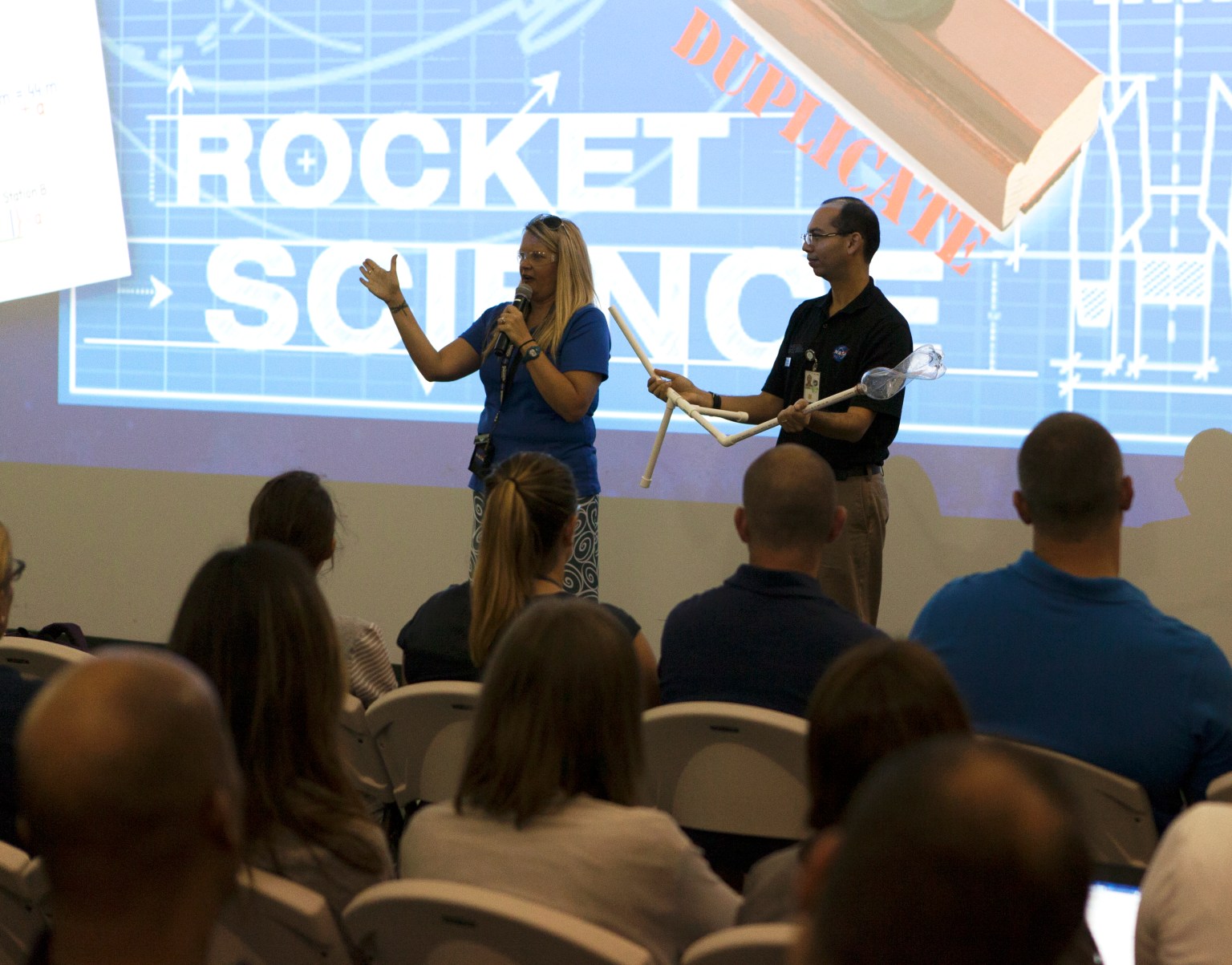
For Students
Multiple challenges reaching a broad audience of middle and high schools, colleges, and universities across the nation.

NASA engaged with fans, student robotics teams, and industry leaders at the 2024 FIRST Robotics World Championships held April 17-20,…

NASA has selected the nine finalists of the Power to Explore Challenge, a national competition for K-12 students featuring the…
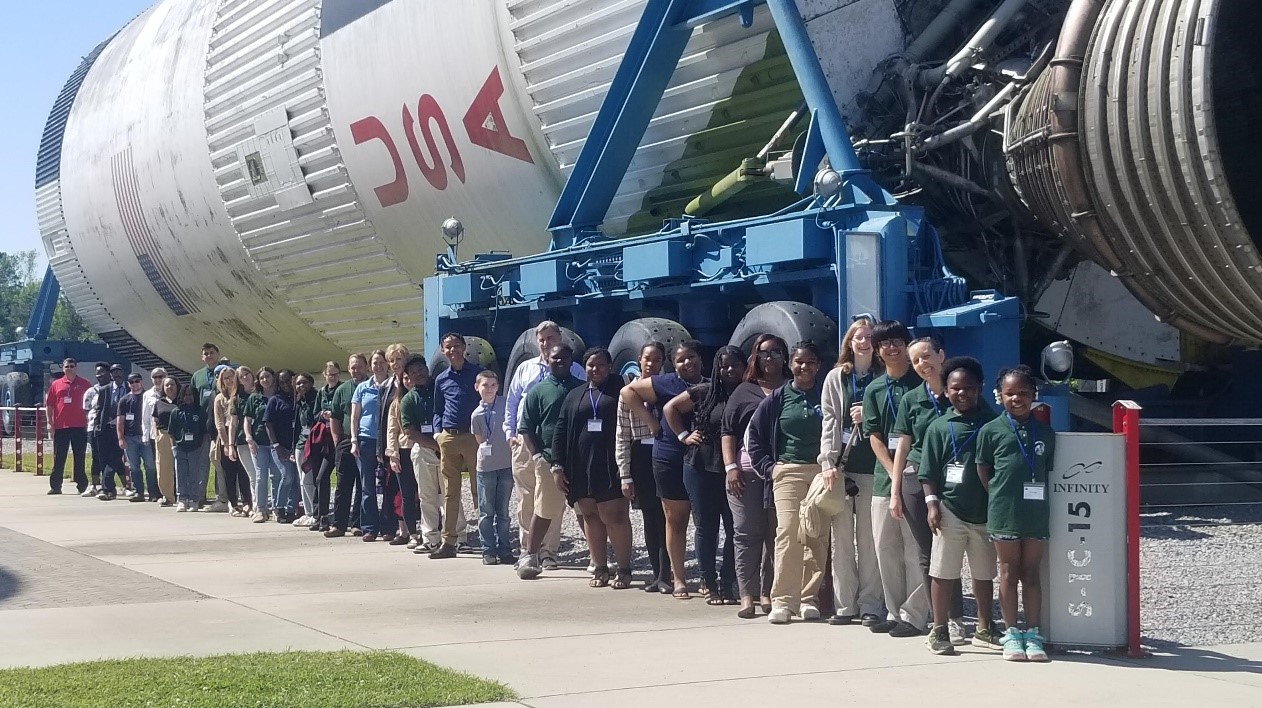
Nineteen 5th-12th-grade student scientists gathered on 5 and 6 April, 2024 at the INFINITY Science Center in Pearlington, Mississippi for…
For Researchers
Open Science Curriculum
NASA is making a long-term commitment to building an inclusive open science community over the next decade.
NASA’s Transform to Open Science (TOPS) initiative is designed to transform agencies, organizations, and communities to an inclusive culture of open science. The open science curriculum will introduce those beginning their open science journey to important definitions, tools, and resources; and provide participants at all levels recommendations on best practices.
Learn More about Open Science Curriculum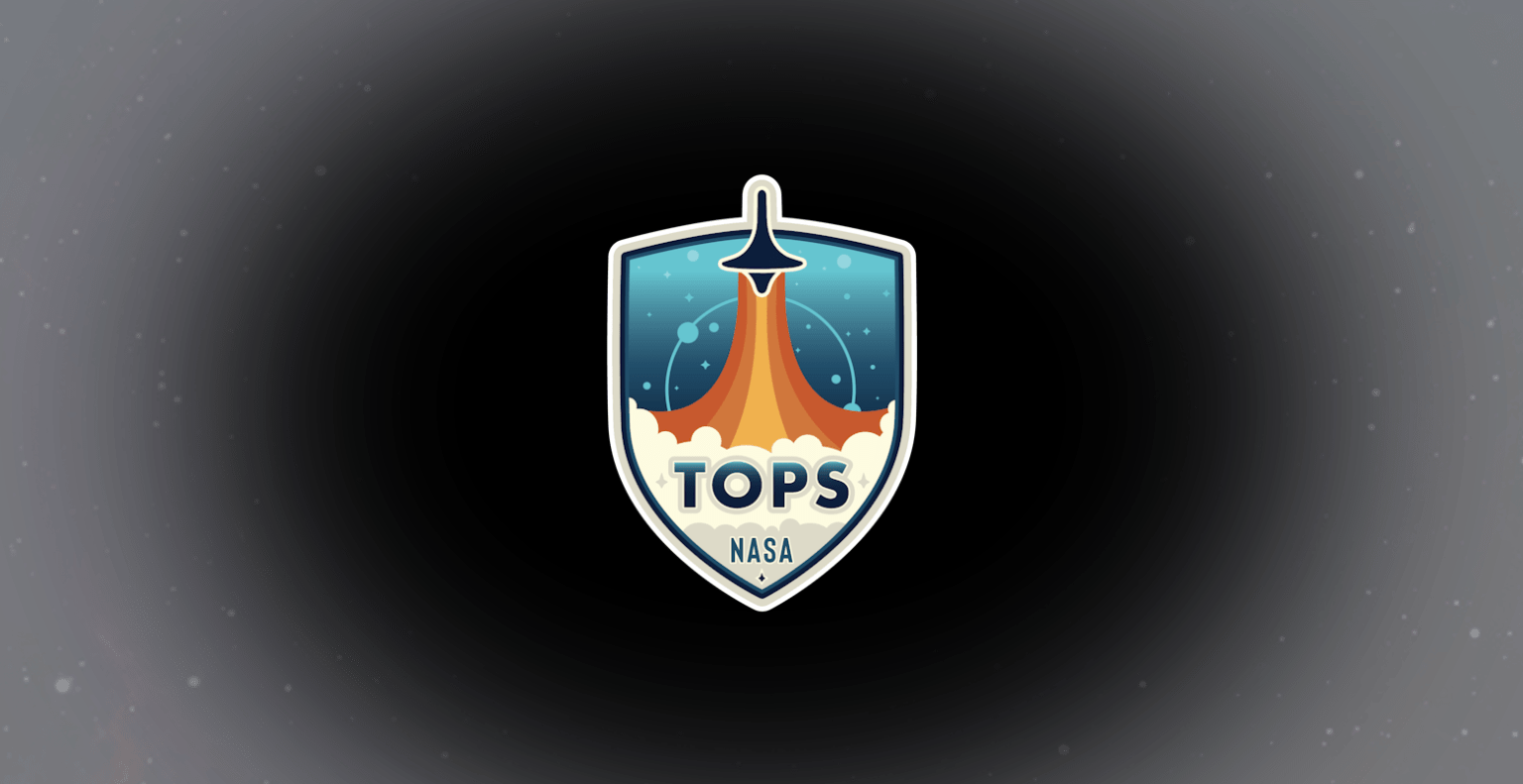
For International Participants
Explore NASA's opportunities for citizens of the world.

NASA engaged with fans, student robotics teams, and industry leaders at the 2024 FIRST Robotics World Championships held April 17-20,…
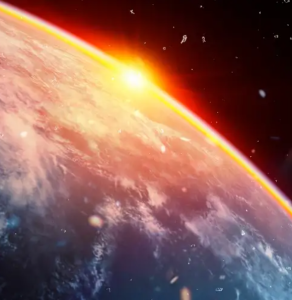
Decades of space exploration have provided us with invaluable knowledge of Earth, our Solar System, and beyond. But, it has…
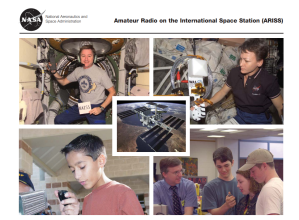
ARISS lets students worldwide experience the excitement of talking directly with crew members of the International Space Station.
NASA’s Virtual Opportunities
Virtual Guest Program
Since 2020, NASA has invited you, the public, to be virtual guests at launches and milestone events. As a virtual guest, you have access to curated resources, schedule changes, and mission specific information straight to your inbox. Following each activity, guests are sent a stamp for your virtual guest passport! All resources, participation, and registration are FREE. Receive your invitation. Select your opportunities. Join us!
Learn More About the Virtual Guest ProgramNewsletters
Sign Up for a NASA Newsletter
Subscribe to free NASA newsletters. No matter your topic of interest, NASA has a newsletter that will fit your area of interest. We’ll never share your email address.
Learn More about Sign Up for a NASA Newsletter




























